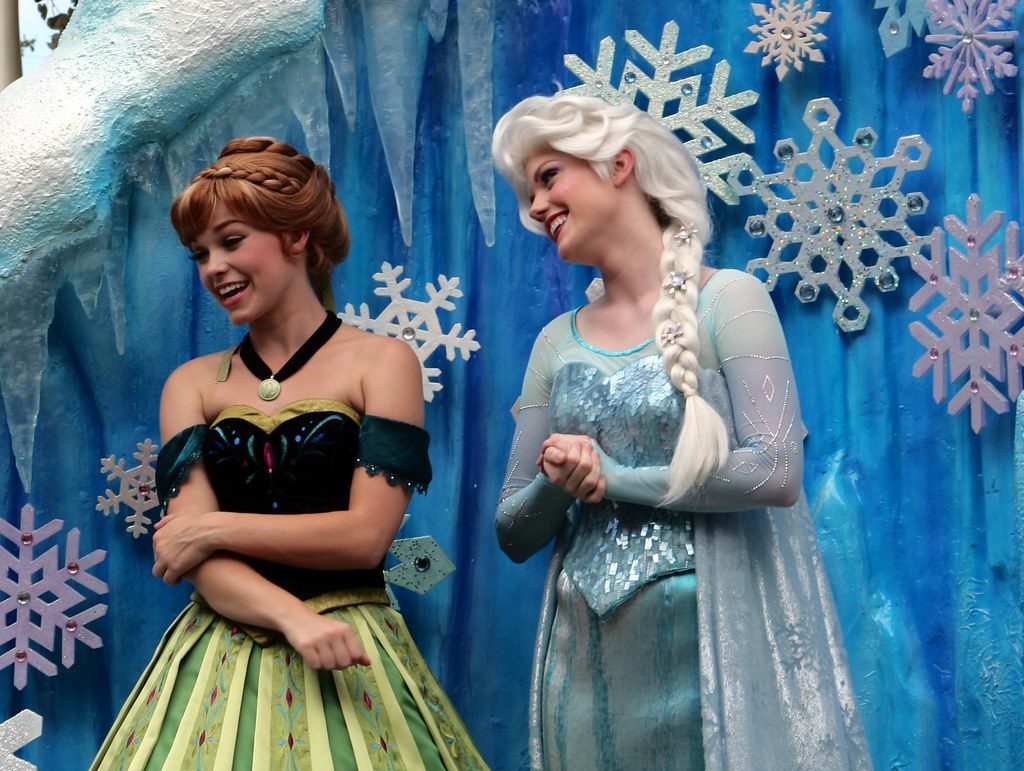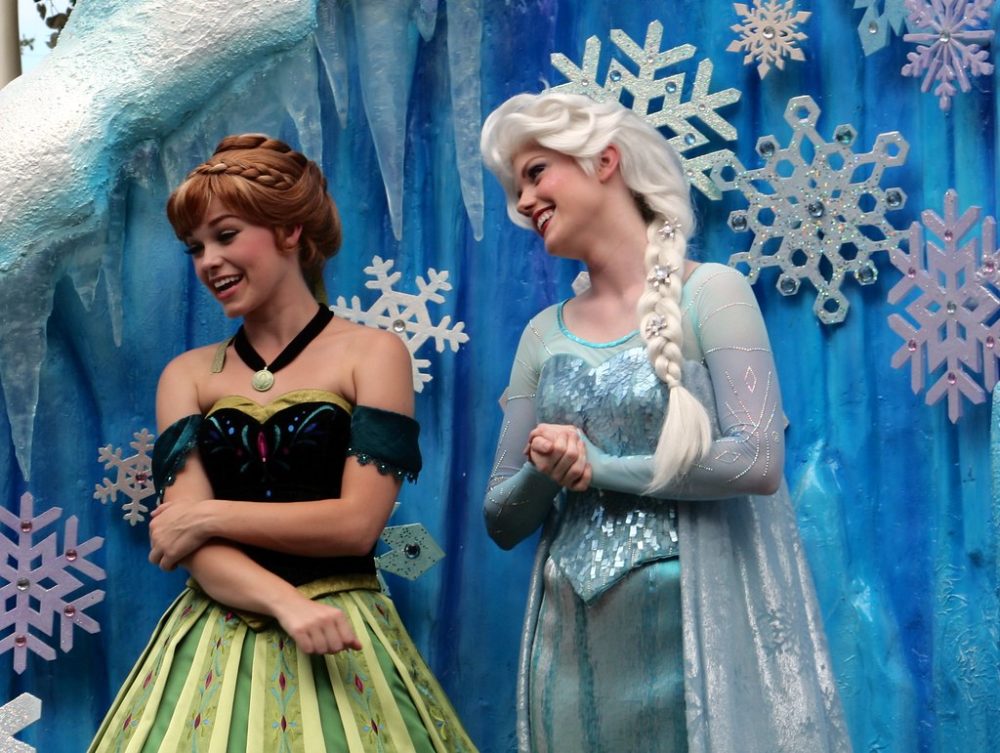How society sexualizes women with childlike features

Characters like Anna and Elsa are great examples of child-like women in media.
Large features, rosy skin, small (if not impossible) hips and inhumanly small stature; these are the qualities seen everywhere in the media. From Elsa and Anna in Frozen, Billie Eilish or Instagram posts of adolescents scantily clad; childlike characteristics or actual children are frequently sexualized for the diversion of popular society.
This sexualization of children happens so frequently and with so little attention that many of us hardly notice. When cartoons for children feature adult women with features that mirror toddlers but male characters with brawny shoulders and chiseled jaws, we hardly notice the juxtaposition of a fully developed man next to the body type of an early teenager.
When men in positions of power, or celebrities even, date women who look their own age we call it news (looking at you Keanu Reeves). This may seem ridiculous, and perhaps because it should be ridiculous to draw attention to things like this, but remember that young women are sexualized so early that by the time they reach adulthood they’re old news (literally).
If you can’t think of examples in popular culture, pornography really exemplifies these societal values. Looking at sites like Pornhub, there are entire categories devoted to sex with girls that look underage. While the girls are of legal age, they wear children’s clothing and school uniforms to fulfill a fantasy.
The American Psychological Association (APA) has found that this sexualization of young girls, both through the media and in the way they are raised, has caused real harm not only to girls’ self-image but also to men in the way they view and value women.
In that same vein, there are categories on these sites of popular cartoon characters or of animated girls. In this case, the desire for young girls is fulfilled without breaking the law by using children.
Maybe if this still doesn’t feel unusual or hurtful, consider these same things with the opposite gender. Young boys on the cover of Vogue without clothes on, carefully posed. Consider porn categories devoted to sex with little boys or cartoon heroes with small physiques. These things are largely unimaginable because they aren’t present in our society.
The American Psychological Association (APA) has found that this sexualization of young girls, both through the media and in the way they are raised, has caused real harm not only to girls’ self-image but also to men in the way they view and value women. When sexualization happens at such a young age, both men and women’s sexual preferences are shaped by reinforced images in the media. Thus, women feel more beautiful when they look far younger than they are and men find themselves attracted to adolescent features.
There is evidence, via the APA, that education is the barrier between the continued sexualization of women and growth. When young children are educated about the differences between media influence and reality, not only do young girls show increased self-esteem but young boys also develop skills to appreciate women for many dimensions of their person, not just their bodies.
At NDSU, it may be harder to see the influences of this sexualization, but it’s there. Even if the environment is filled with college-aged women, women are categorized and treated differently due to age.
A great example of this is how freshman female students are targeted during their first few weeks on campus. Groups of older men can be seen scouring campus and yelling addresses for parties at freshman girls. This comes with the assumption that freshman girls are less mature and more vulnerable.
It’s also seen in the ways students couple themselves at NDSU. It is far more common for a male-female relationship to involve an older man and younger woman than the other way around. This comes in part because culturally, men feel far less comfortable when they are the younger person in a relationship and women too often are usually attracted toward older men.
So this problem is twofold: first, in that men often find themselves attracted to younger and younger-looking women, and women also bend themselves to societal expectations and try to stay young looking as long as possible.
Trying to stop this sexualization on a grand scale would be near impossible. It is present on a political level, on a media level, and on an individual level. The best most of us can do, and this is still useful, is to call out this behavior when we see it. Don’t let friends get away with saying highly inappropriate things. Don’t just glance at that magazine cover with a thirteen-year-old on it, really think about the implications of that media.
Changing your mindset will help change the mindsets of those around you. If everyone did this, it wouldn’t be long before the nationwide change would start to present itself.
